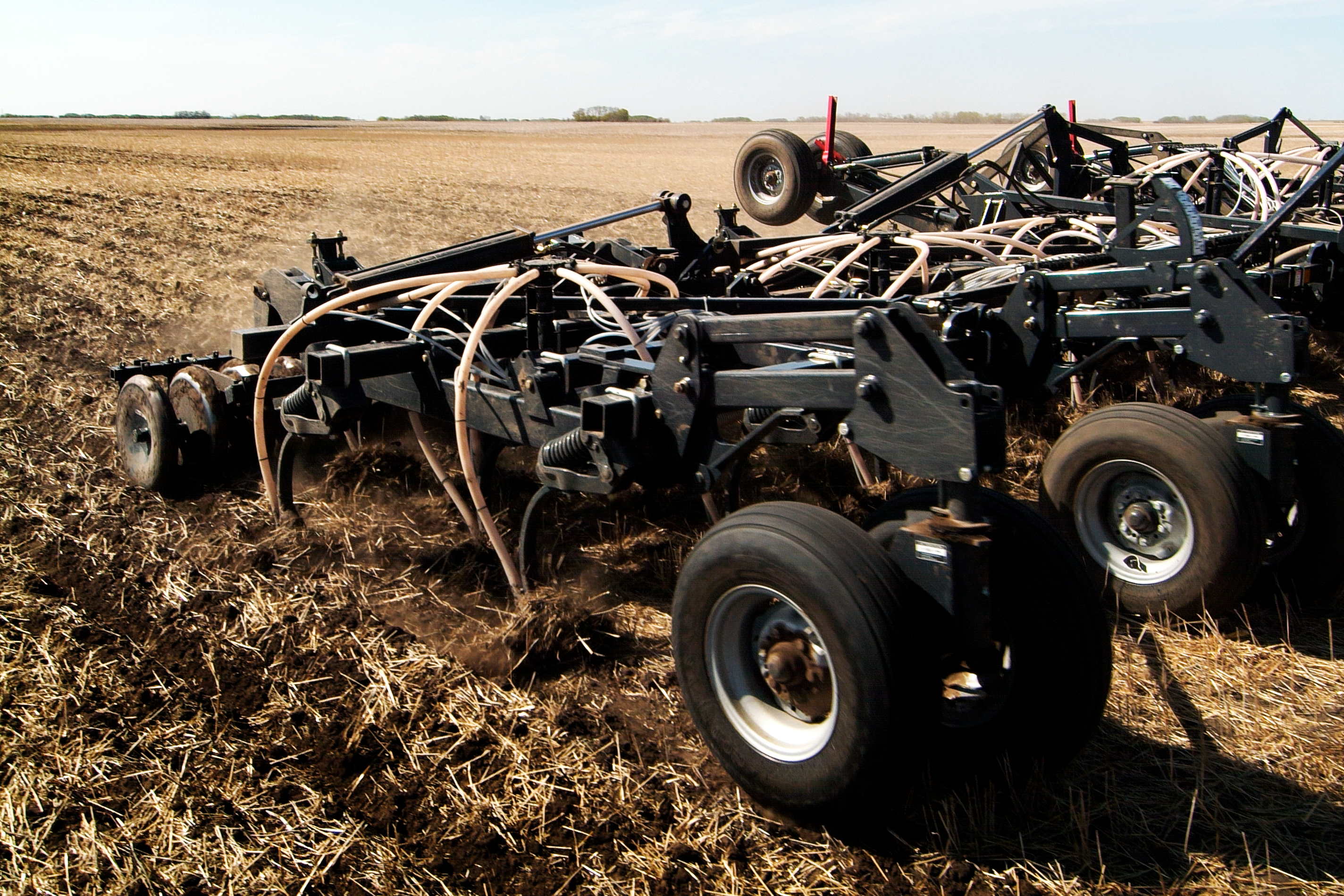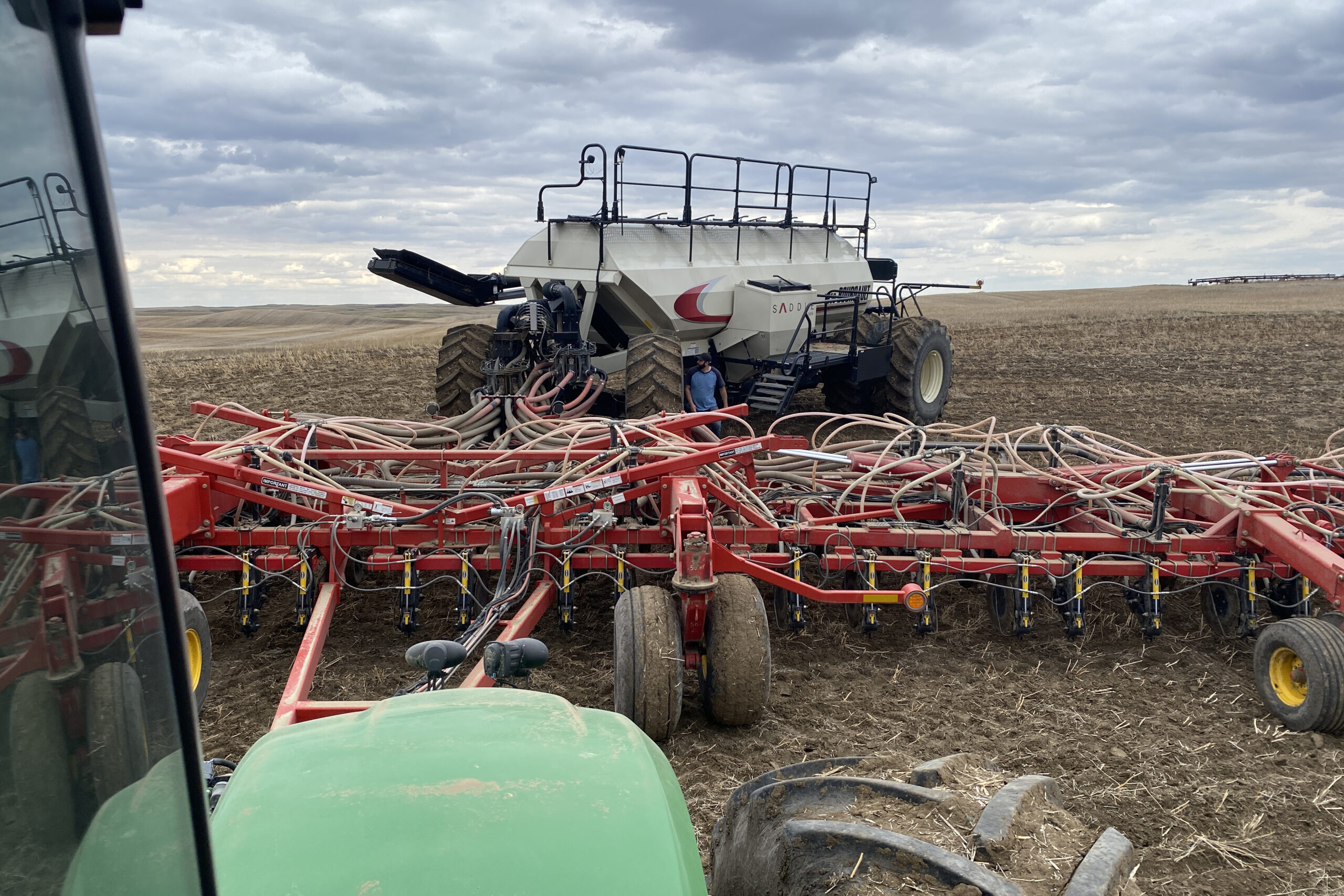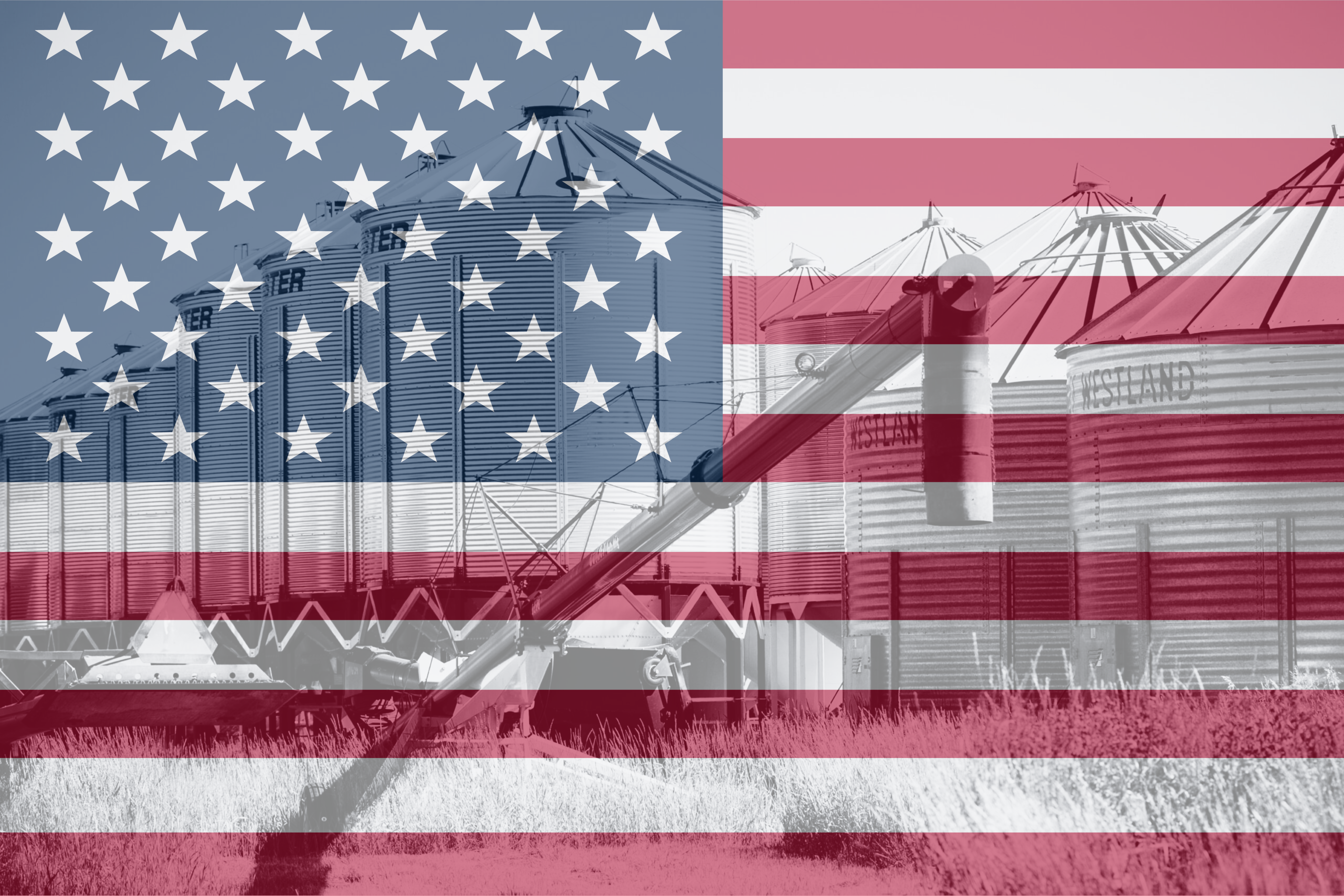Chuck Penner, Leftfield Commodity Research Inc.
May 2020
There are many opinions and ideas about farmers’ 2020 seeding decisions, even as the crop is already being planted. Statistics Canada’s (StatCan) Seeding Intentions report is unlikely to settle any debates, and will likely stir up a few more disagreements.
Besides the usual guesswork that goes into acreage estimates, this year has a few added complications. For one thing, the release of StatCan’s report was pushed back by a couple of weeks, which always raises questions about the time lag between the phone survey and farmers’ final decisions.
Normally that delay is not a huge deal but this year, a strong rally in both old-crop and new-crop lentil and pea prices happened just after the farmer survey was completed. There is no doubt that this rally will have influenced some decisions. The debate will be how much the price spike caused a change in plans. We have already seen the “lentils from fence- post to fencepost” type of comments.

We have made a few changes in our own guesstimates of seeded area, although likely less than what some are expecting. Through many conver- sations we have had with farmers over the years, crop rotations are more fixed than fluid, especially this late in the season. We have also heard a few times that seed supplies, especially for lentils, are limited and will cap the acreage shifts. Finally, concerns about diseases in pulse crops will tend to counteract some of the move toward planting more pulses.
Peas
For 2020 seeded area of peas, we are projecting 4.4 million (M) acres, right around the top end of recent history, with both yellow and green peas increasing. That may be a surprise to some, but with canola and spring wheat falling out of favour this year, there is room for peas to find a spot in the rotation. We also highlight that the big 20% increase in last year’s acreage happened with prices not much better than they are now.

If acres could rise that much last year, when the mood around peas was quite depressed, there is room for similar acres in 2020.
If pea acreage ends up close to last year’s level, then the main variable is yield. It is far too soon to make any predictions on that front, but with the five-year average of 37.2 bushels per acre (bu/ac), the crop would come in about 100,000 tonnes more than last year. From the supply side, that is not a big deal, especially since the old-crop carryover from 2019/20 will be smaller. Essentially, the market would have no trouble absorbing this size of crop.
Lentils
Some people are expecting a whole lot more lentils to be planted this spring, but our forecast is 4.35 M acres, 15% more than last year. Most of the increase will likely happen in red lentils while some of the smaller classes of greens could actually see a reduction. This would boost seeded area close to the levels seen in 2017 but not to the extreme high of 2016. Part of the reason for our more moderate increase is that disease issues are more prominent in farmers’ minds than a few years ago.

This size of an acreage increase should not cause too much of a lentil sup- ply bulge for the next marketing year, although yields would have a lot to say about that outcome. Based on a five-year average yield of 1,300 pounds per acre (lb/ac), production could top 2.5 M tonnes, 350,000 more than last year. That is not really a problem though, given that the old-crop carry-over from 2019/20 will likely drop below 200,000 tonnes, compared to 630,000 tonnes the year before. This would mean 2020/21 supplies could actually be lower than the current year, keeping next year’s market supported.
Chickpeas
We are very certain acreage increases will not show up in chickpeas; it is just a matter of how much seeded area will drop. South of the border, the United States Department of Agriculture has already indicated a 30% de- cline in seeded area and our latest forecast for Canada is calling for a 40% drop in acreage. This is not simply a price response (although certainly part of the story) but is also related to elevated disease concerns in areas where large acreage has been planted the last two years.
This reduction would bring 2020 chickpea plantings down to 235,000 acres and with a five-year average yield of 1,570 lb/ac, production would decline by 90,000 tonnes. The problem is that a lot more chickpeas will be carried over into 2020/21, meaning supplies will only be a bit lower. The light at the end of the tunnel for chickpeas is that most countries are reducing production this year, which should allow a larger export program in 2020/21.
Dry Beans
For dry beans, acreage will almost certainly be higher, particularly for pintos and white beans, with seed supply the main limiting factor. Our projection is for 440,000 acres across Canada. That is a relatively modest 12% increase but would be the largest acreage since 2006/07. Supplies of most classes of dry beans are extremely tight and we expect a big production increase (with average yields) to only apply light pressure to the market. Of course, these are only our own guesstimates and the real focus will be on StatCan’s numbers. Then the real debates can begin.
Chuck Penner operates LeftField Commodity Research out of Winnipeg, MB. He can be reached at info@leftfieldcr.com


